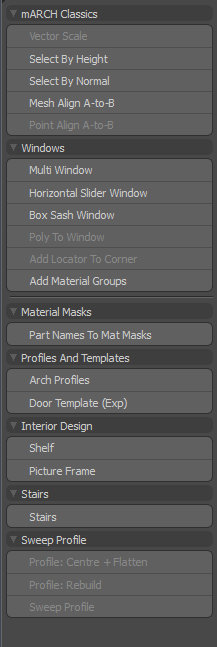
 Load balance HTTP requests using Netflix Ribbon. If there are several instances of the same service running, the gateway will get those instances from the JHipster Registry, and will: If you’re trying to do this with your Web browser, don’t forget REST resources are secured by default in JHipster, so you need to send the correct JWT header (see the point on security below), or remove the security on those URLs in the microservice’s MicroserviceSecurit圜onfiguration class. Get the foos resource served by microservice app1. The gateway will automatically proxy all requests to the microservices, using their application name: for example, when microservices app1 is registered, it is available on the gateway on the /app1 URL.įor example, if your gateway is running on localhost:8080, you could point to to When the gateways and the microservices are launched, they will register themselves in the registry (using the key in the src/main/resources/config/application.yml file).
Load balance HTTP requests using Netflix Ribbon. If there are several instances of the same service running, the gateway will get those instances from the JHipster Registry, and will: If you’re trying to do this with your Web browser, don’t forget REST resources are secured by default in JHipster, so you need to send the correct JWT header (see the point on security below), or remove the security on those URLs in the microservice’s MicroserviceSecurit圜onfiguration class. Get the foos resource served by microservice app1. The gateway will automatically proxy all requests to the microservices, using their application name: for example, when microservices app1 is registered, it is available on the gateway on the /app1 URL.įor example, if your gateway is running on localhost:8080, you could point to to When the gateways and the microservices are launched, they will register themselves in the registry (using the key in the src/main/resources/config/application.yml file). 
More specifically, it provides HTTP routing and load balancing, quality of service, security and API documentation for all microservices. This gateway is a normal JHipster application, so you can use the usual JHipster options and development workflows on that project, but it also acts as the entrance to your microservices. JHipster allows use to generate an API gateway. In the diagram below, the green components are specific to your application and the blue components provide its underlying infrastructure. The JHipster Console is a monitoring & alerting console, based on the ELK stack.They are stateless, and several instances of them can be launched in parallel to handle heavy loads. Microservices are JHipster-generated applications (using application type microservice application when you generate them), that handle REST requests.The JHipster Registry is a runtime application, using the usual JHipster structure, on which all applications registers and get their configuration from.There can be several different gateways, if you want to follow the Backends for Frontends pattern, but that’s not mandatory. A gateway is a JHipster-generated application (using application type microservice gateway when you generate it) that handles Web traffic, and serves an AngularJS application.The JHipster microservices architecture works in the following way: The rest of this guide is only for people interested in doing a microservices architecture.
 A “microservices” architecture splits the front-end and the back-end, so that it’s easier for your application to scale and survive infrastructure issues.Ī “monolithic” application is much easier to work on, so if you don’t have any specific requirements, this is the option we recommend, and our default option. A “monolithic” architecture uses a single, one-size-fits-all application, which contains both the front-end AngularJS code, and the back-end Spring Boot code. You have in fact the choice between two architecture styles: The first question JHipster will ask you is the kind of application you want to generate. Monitoring with JHipster Console and the ELK stack. Application configuration with the JHipster Registry.
A “microservices” architecture splits the front-end and the back-end, so that it’s easier for your application to scale and survive infrastructure issues.Ī “monolithic” application is much easier to work on, so if you don’t have any specific requirements, this is the option we recommend, and our default option. A “monolithic” architecture uses a single, one-size-fits-all application, which contains both the front-end AngularJS code, and the back-end Spring Boot code. You have in fact the choice between two architecture styles: The first question JHipster will ask you is the kind of application you want to generate. Monitoring with JHipster Console and the ELK stack. Application configuration with the JHipster Registry. 
Microservices vs Monolithic architecture.Doing microservices with JHipster Summary








 0 kommentar(er)
0 kommentar(er)
